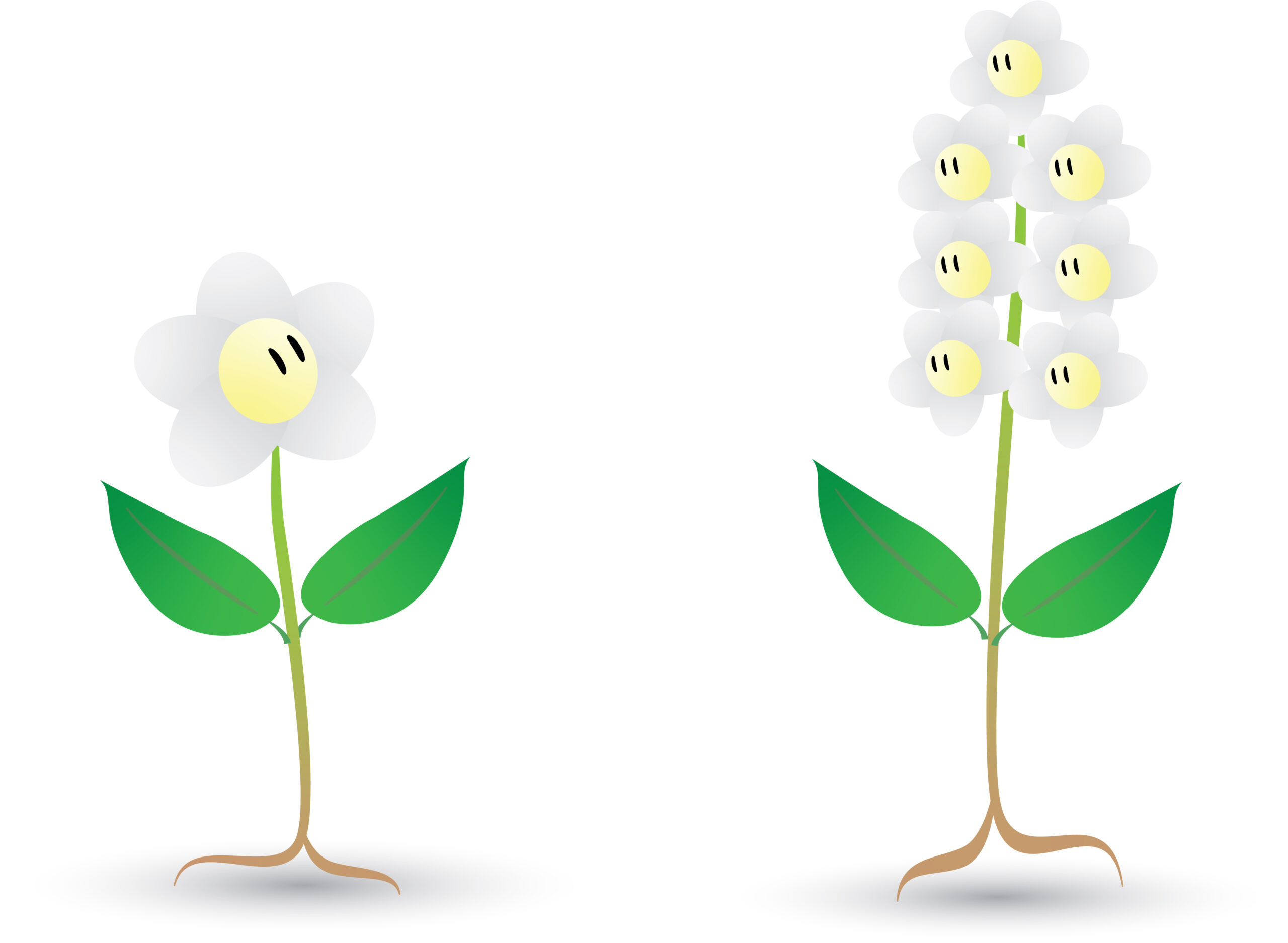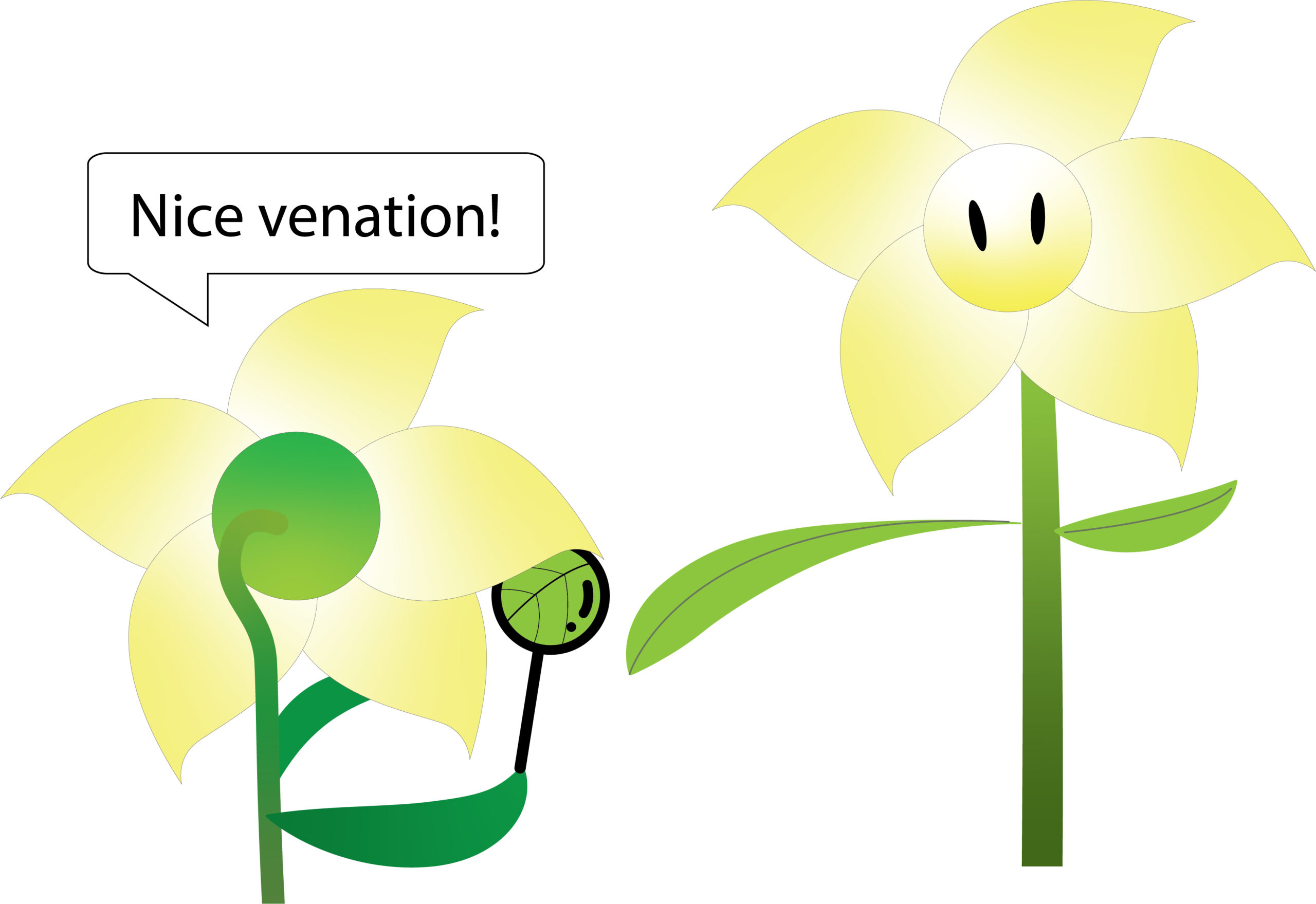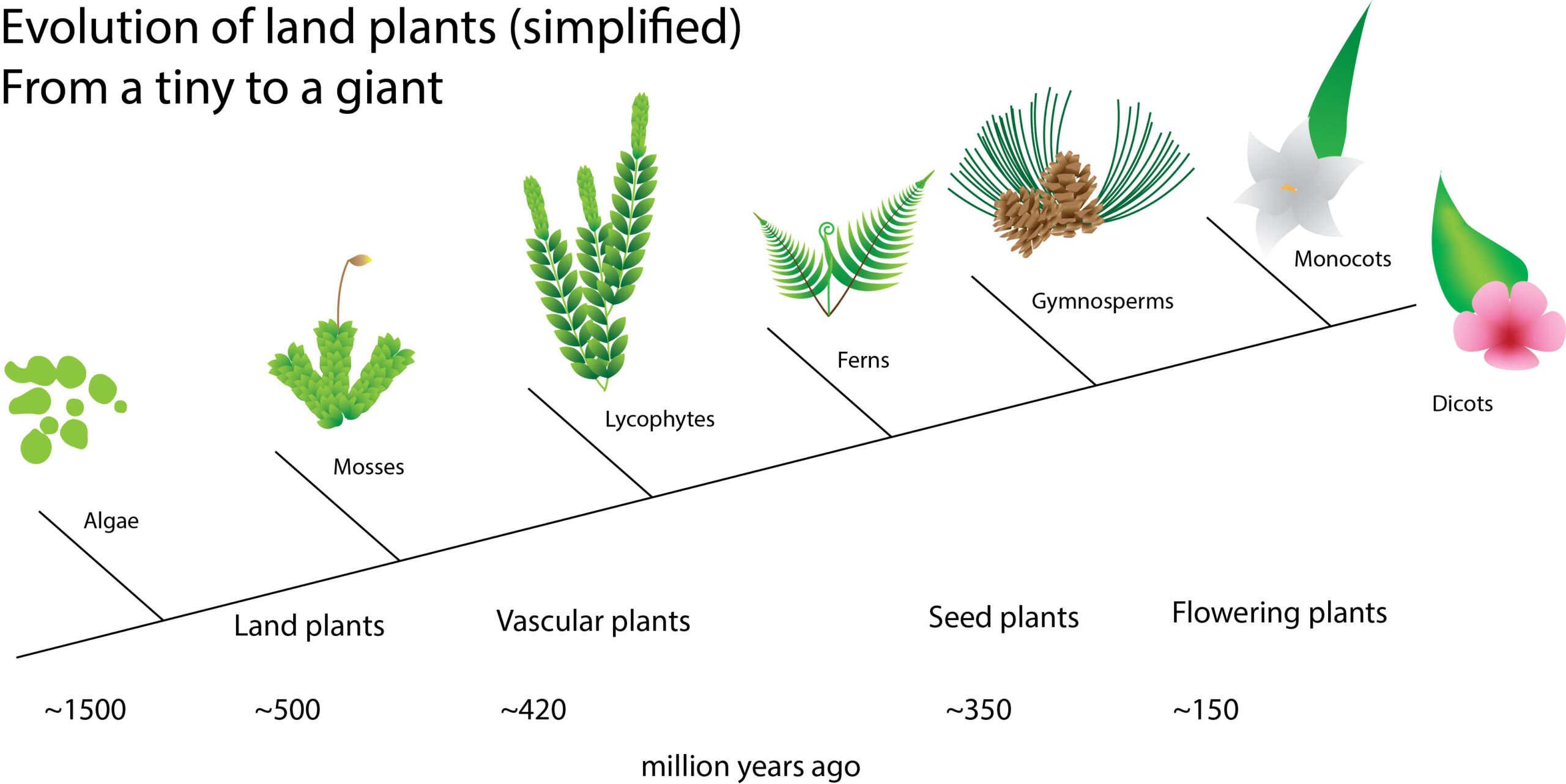A flower or an inflorescence?
A flower is the reproductive organ of flowering plants. After successful pollination via self- or cross-pollination aided by pollinators, the flower turns into fruits or seed pods. However, the “flowers” are not always called flowers, sometimes they are referred to as inflorescence. What are the differences and relationships between a flower and an inflorescence? A flower, known as bloom or blossom is the seed-bearing part of a plant that consists of reproductive organs like stamens … Read more



